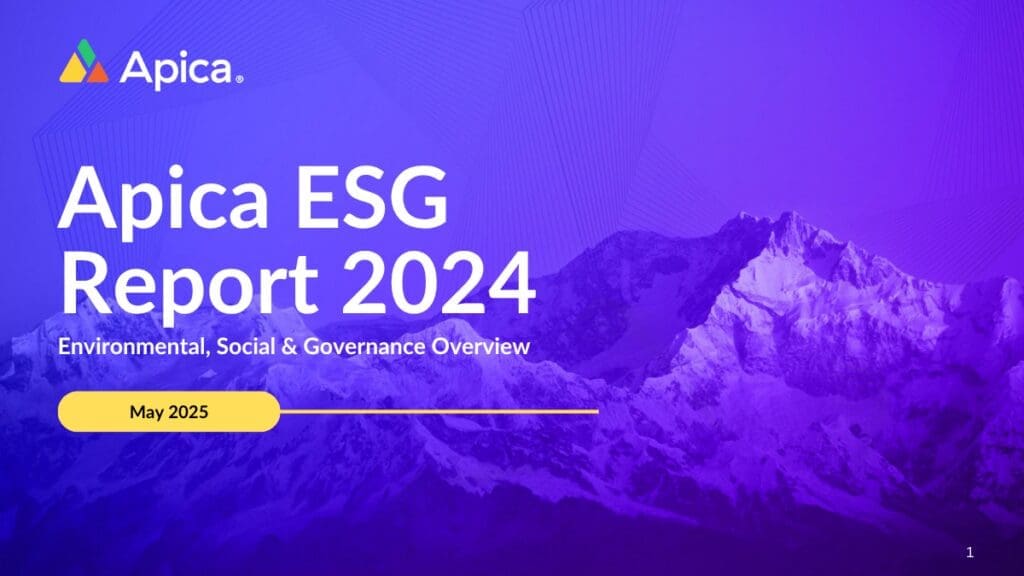Data operations are like tuned automobiles. When all the parts operate together, the result is a stunning blend of speed and performance. If one of the numerous components fails, you are unconsciously invoking an accident. Data Observability is a pillar of the growing Data Reliability category and the next frontier of data engineering, solving complex problems in the modern era.
Businesses can’t afford for data to fail since so much relies on them. Data operations teams are actively managing data to guarantee optimum performance. Predicting, avoiding, and resolving data problems demands a new methodology. To stay up with data’s rapid rate of innovation, data engineers must invest in advanced modeling and analytics tools and solutions that improve data accuracy and minimize pipeline breakdowns.
No other solution can deliver multi-dimensional Data Observability across all levels of a contemporary data environment. These systems help make data layers more visible. Achieve SLAs and make better data-driven choices using these tools. Unlike APM solutions, which typically monitor the application layer, observability platforms may also monitor the data and infrastructure levels.
10 reasons why organizations should invest in Data Observability:
Observability enhances data pipeline management, improves SLAs, and provides data teams with insights that may be leveraged to make better data-driven business choices.
With a top-end Data Observability platform, you can do the following:
Data Observability was created especially for today’s complex data systems, unlike conventional application performance monitoring (APM) technologies, which were meant to monitor microservices and web apps. The visibility required to build, run, and optimize today’s complex, linked data pipelines is not provided by APM solutions.
Data Observability links events across the data, compute, and pipeline layers to assist data engineering and operations teams in predicting and automatically correcting errors before they create unexpected outages, cost overruns, or poor output.
Observability focuses on the visibility, management, and optimization of current data pipelines established across hybrid data lakes and warehouses, employing various data technologies giving a 360-degree view into data processing and pipelines. It provides tools to evaluate a variety of performance parameters to alert you to issues that may be predicted, prevented, or fixed.
Capabilities and prices are aligned with business needs thanks to observability. It helps organizations manage capacity, improve data processing and dependability, and boost data engineering productivity to new heights.
DataOps teams will have better control over data pipelines thanks to improved data layer observability. ITOps teams have better control over infrastructure resources because of improved infrastructure layer observability.
ITOps teams can track important infrastructure layer indicators like memory availability, CPU storage usage, and cluster-node health at a granular level that APMs can’t, allowing them to diagnose and fix data congestion and outages quicker than any other solution.
By automatically evaluating data transfers for correctness, completeness, and consistency, DataOps teams can assure high-quality data standards. As a consequence of these quality checks, data pipelines are healthier.
Data engineers may use these discoveries to anticipate, measure, prevent, troubleshoot, and solve issues by automatically collecting thousands of pipeline events, correlating them, identifying abnormalities or spikes, and using these findings to predict, measure, prevent, troubleshoot, and fix problems.
Business executives may collaborate with BI analysts to develop more accurate capacity estimations and informed SLAs that fit the demands of the company’s goals.
Data teams will spend less time battling fires once observability is achieved. More workers could be data consumers, understanding where and how to get data to help them do their jobs better. Finally, supervisors will be able to quit second-guessing data analyses.
Overall, observability assists data teams in preventing, identifying, and correcting root causes before they arise, which is vital since mission-critical corporate systems cannot afford downtime.
What does the future look like?
It’s not easy to implement Data Observability. However, like DevOps in the early 2010s, it will become more important in this next decade. Within the next 5-10 years, we expect all data engineering teams to include observability into their strategy and technology stack. As healthy data is trusted and put to good use, more firms will earn the data-driven name, powering technology and decision-making alike. Ready to start your Data Observability journey with apica.io?











